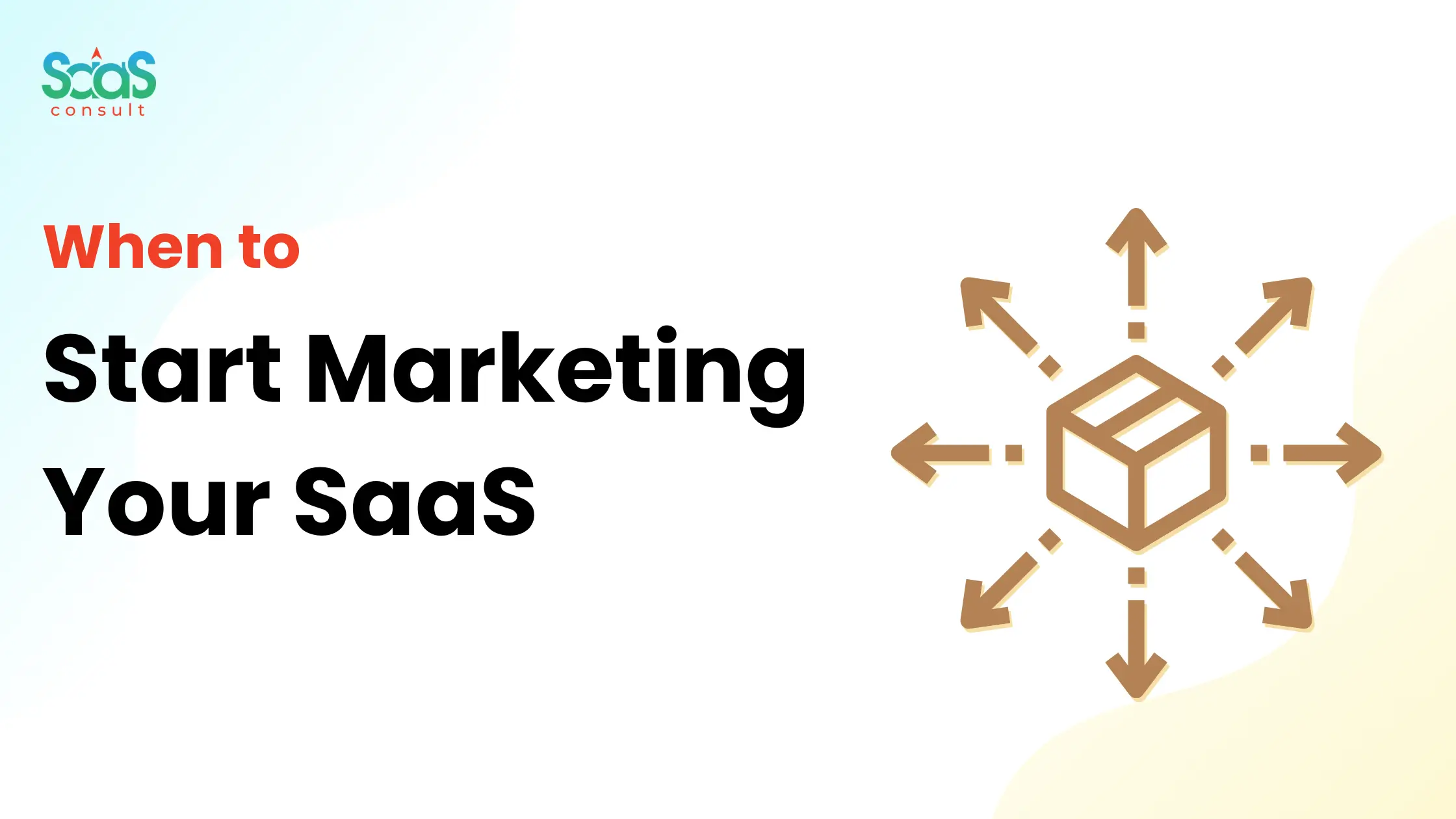Building a SaaS product is only half the battle. The other half? Making sure people know it exists.
Founders often ask: “When should I start marketing my SaaS product?” The right answer isn’t after launch — it’s well before your MVP hits the market.
This guide will break down the ideal marketing timeline for SaaS MVPs, how it changes based on your GTM motion (PLG, SLG, or enterprise), and how early marketing feeds product strategy — not just awareness.
Why You Shouldn’t Wait to Market
Marketing isn’t just for lead gen. In early stages, it’s a:
- Signal validation engine
- Product development feedback loop
- Relationship-building tool
Waiting until post-launch delays traction and increases go-to-market risks. Great SaaS companies treat marketing as part of MVP development.
When to Start Marketing: GTM Motion Breakdown
1. Product-Led Growth (PLG)
For PLG SaaS (freemium or self-serve signup):
- Start SEO-driven content at least 6 months before launch
- Publish to a real website, not just a waitlist landing page
- Build domain authority with:
- High-value blog posts (target long-tail keywords)
- Founder’s posts on Reddit, IndieHackers, and relevant Slack groups
- Early tutorials, use cases, and “why we built this” content
Google uses age + signals to rank. Your SEO engine starts slow — give it a 6-month head start.
Many early-stage founders underestimate how long MVP execution takes or how much it truly costs. Before setting timelines, it’s worth reviewing this SaaS MVP development cost breakdown to plan your budget realistically.
2. Sales-Led Growth (SLG)
For mid-ACV SaaS with demos, your marketing motion is outbound-heavy:
- Start outbound 3–4 months before product is stable
- Test messaging via:
- Cold emails
- Founder-led discovery calls
- LinkedIn DMs with targeted CTAs
- Capture conversations and use them to fine-tune ICP, pricing, and product features
Use this early marketing to shape your MVP — not just book demos.
Internal Link: How to Define Your Ideal Customer Profile (ICP)
3. Enterprise SaaS (High-touch GTM)
If you’re targeting enterprise:
- Start brand marketing 6–9 months ahead
- Focus on:
- ABM (Account-Based Marketing) pilots
- Event sponsorships and attendance
- Partner ecosystem nurturing
- Analyst relationships (AR)
Your goal is early trust and familiarity, not pipeline.
Enterprise buyers don’t discover you via search. They remember you from panels, reports, and personal introductions.
Build in Public: A Marketing Flywheel for MVPs
Document your build journey on:
- LinkedIn (founder posts)
- Twitter/X (behind-the-scenes)
- Reddit (SaaS subreddits)
- IndieHackers (launch log)
You don’t need a polished product. You need signals, feedback, and community.
Internal Link: PLG vs SLG: Choosing the Right GTM Strategy
How Early Marketing Improves Your MVP
Marketing before launch isn’t just about hype. It helps you:
- Validate positioning and ICP
- Spot friction in messaging
- Capture early adopters
- Prioritize must-have features
- Avoid months of rework post-launch
This is where a dev partner like BytesBrothers comes in. If you’re working with them for MVP development, sync your GTM and marketing prep with product sprints. They’ll help implement:
- Feedback capture modules
- Onboarding variants for A/B testing
- Integrations to track signups from marketing channels
Your product and your marketing shouldn’t evolve separately. They should evolve together.
Don’t Just Build. Launch with Purpose.
Your marketing should begin the day you start working on your MVP. It compounds trust, signals relevance to Google, and attracts the first 100 users who will shape your product.
Whether you’re going PLG, SLG, or enterprise — the earlier you start, the less you’ll struggle later.
Related Reads:
Work With Experts
SaaSConsult helps you define ICP, craft messaging, and align GTM with your product phase.
BytesBrothers handles high-quality, fast MVP execution — with marketing-readiness built in.
→ Book a Call to align your MVP, marketing, and GTM now
